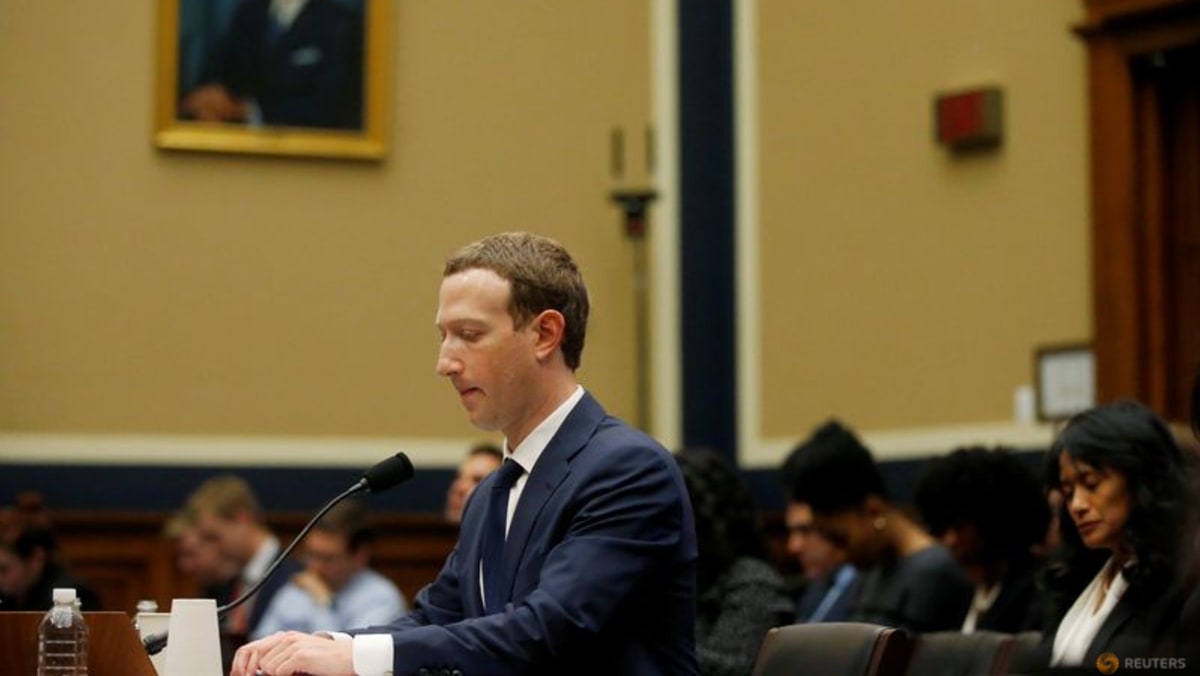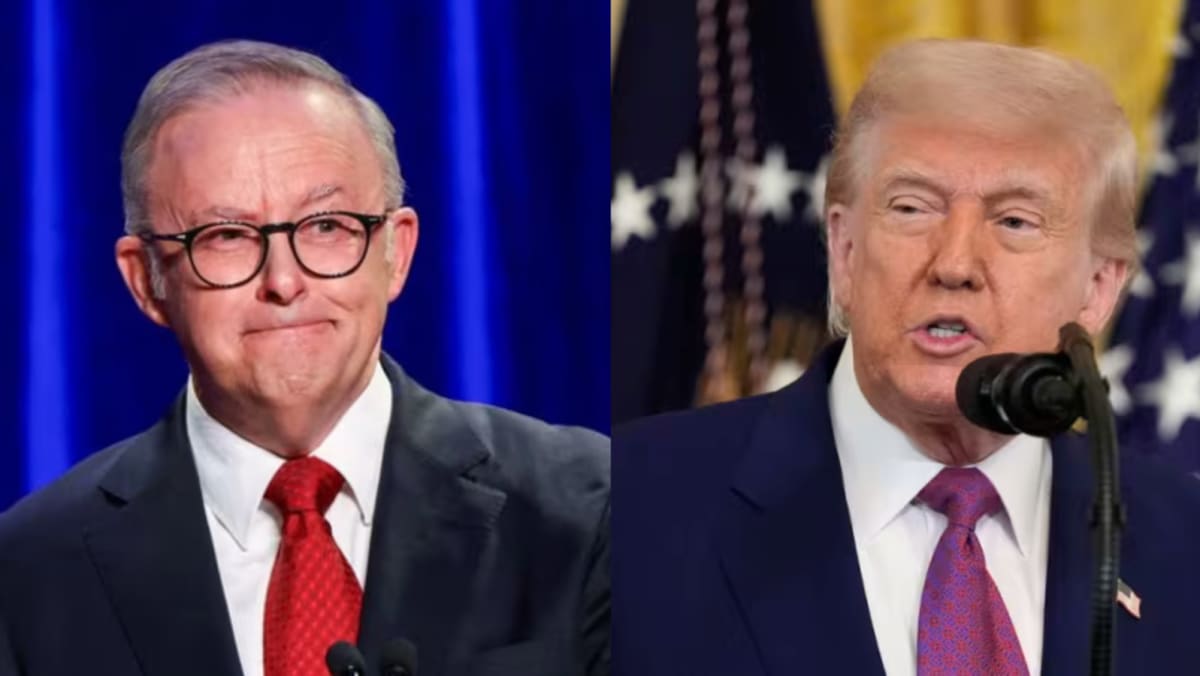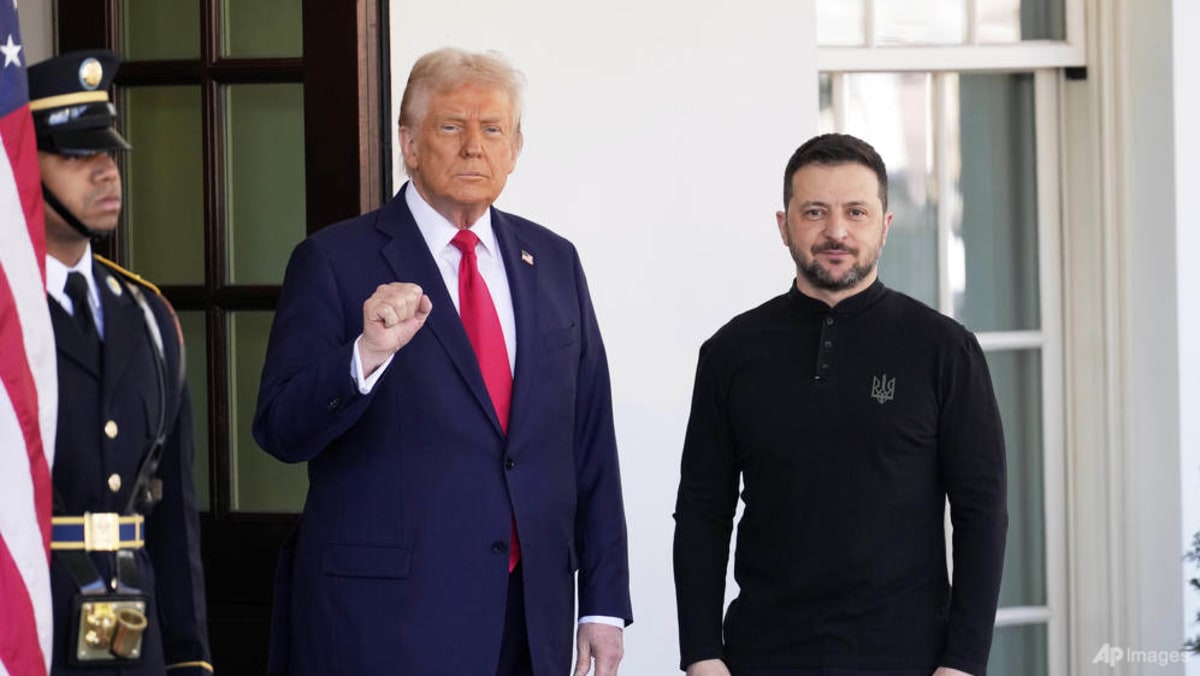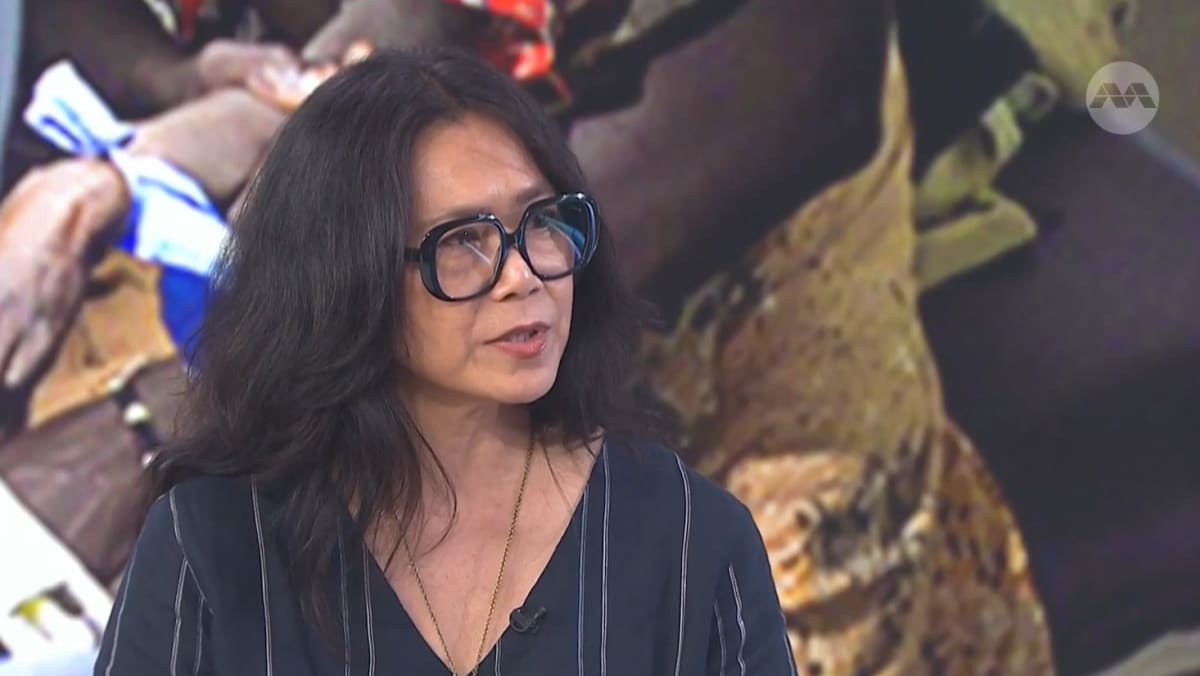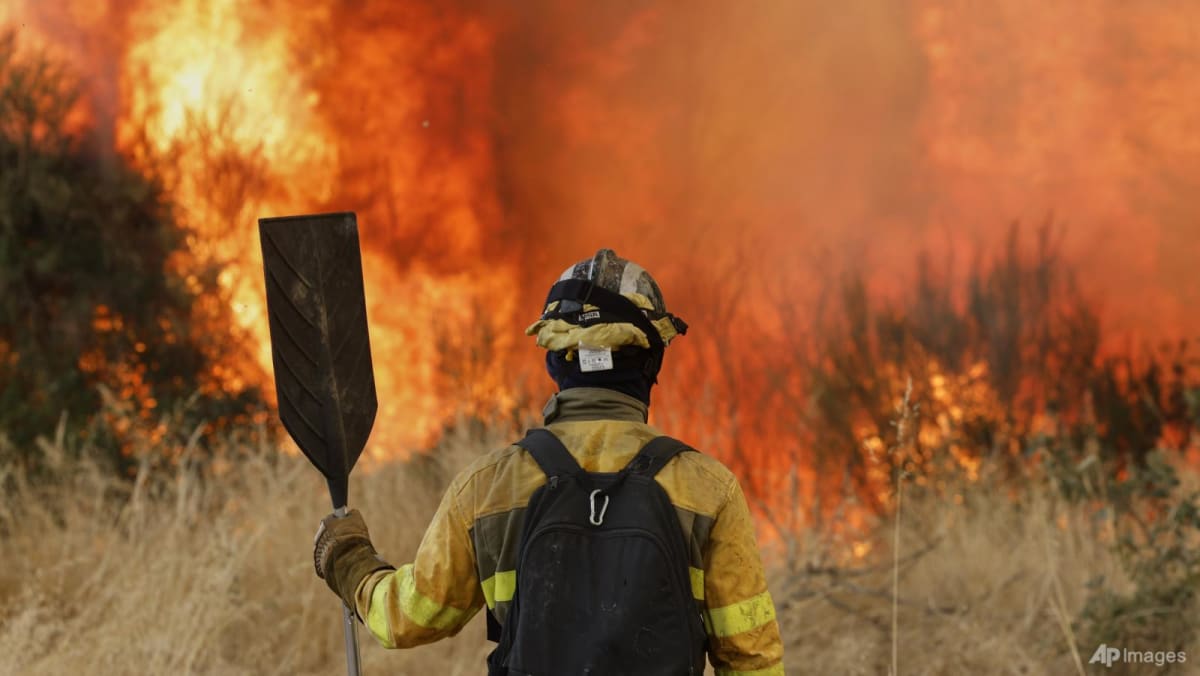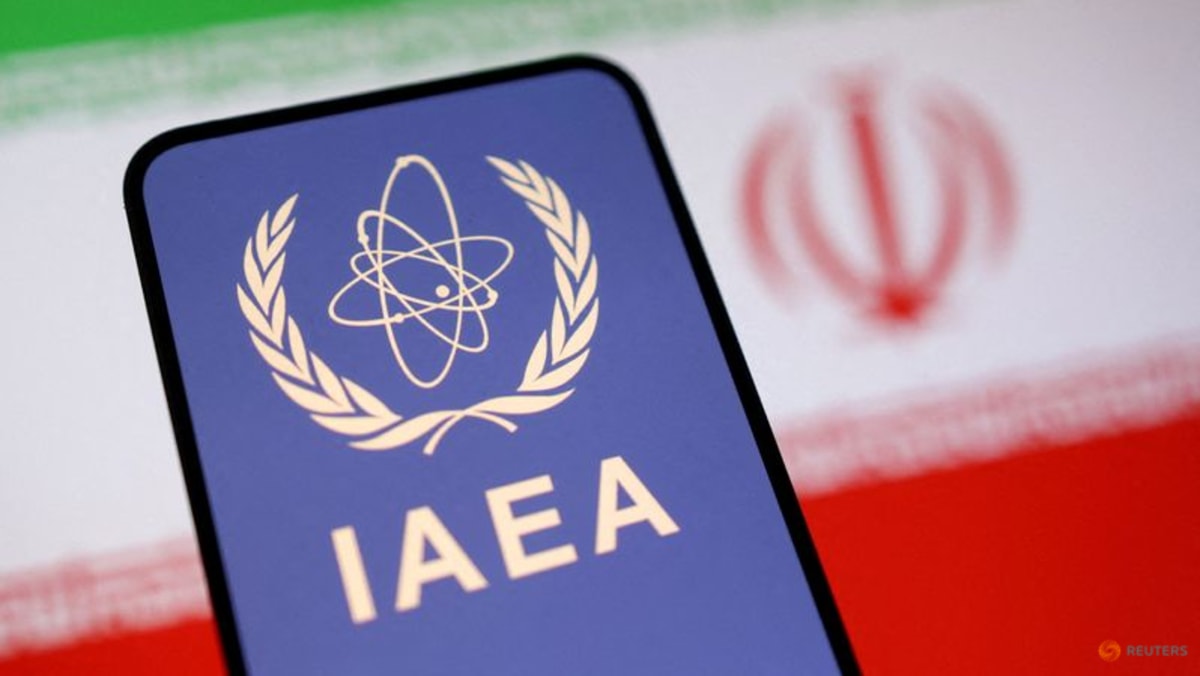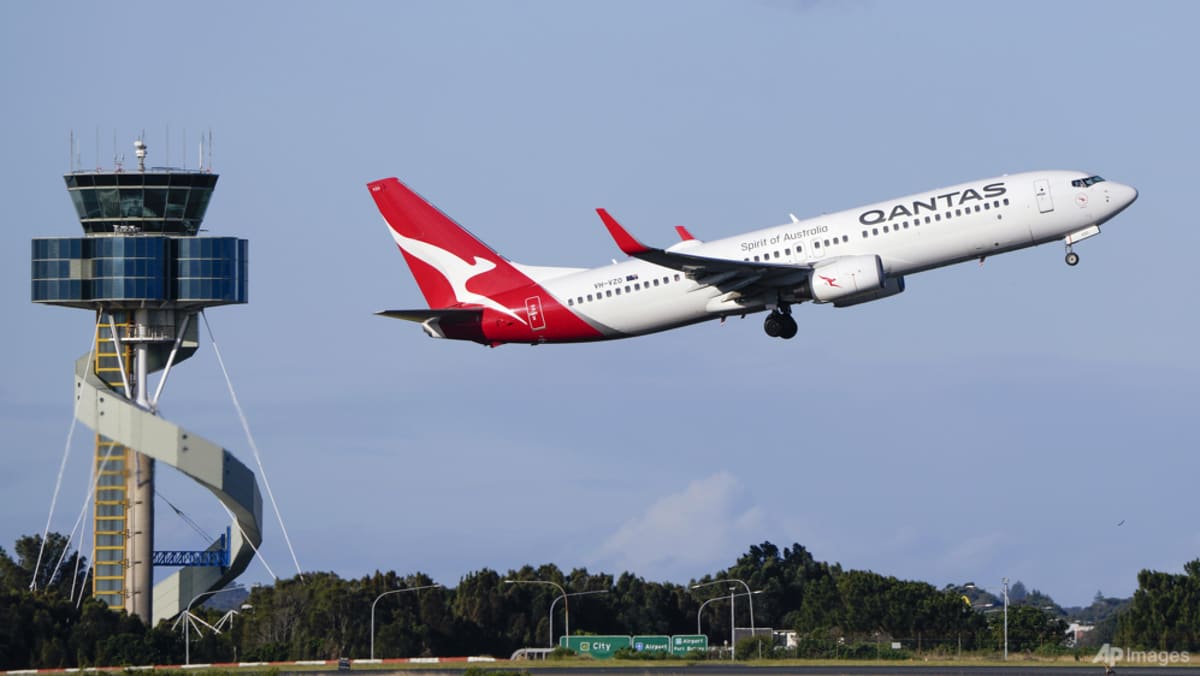On defence, Trump wants Canberra to increase its military spending from 2 per cent of its gross domestic product to at least 3.5 per cent.
Albanese had previously said his government is already raising defence spending to 2.3 per cent and has declined to commit to the US target, saying Australia would focus on capability needs.
Jennifer Parker, an expert associate at the Australian National University’s National Security College, said: “I don’t think we should be increasing defence spending because the US says so.
“Australia should be increasing defence spending because we have assessed there’s an increased risk in the region and our capability, our defence force is not resourced to meet that risk.”
AUSTRALIA-US DEFENCE TIES
Australia has a long-standing military alliance with the US.
Canberra in 2023 committed to spending A$368 billion (US$250 billion) over three decades on AUKUS, Australia’s biggest ever defence project with the US and Britain, to acquire nuclear-powered submarines.
But the Trump administration recently launched a formal review of the defence pact.
Australia’s Defence Minister Richard Marles said on Thursday he was confident the submarine deal would proceed.
Domestically, questions have risen over the agreement and its effect on the overall military budget.
“The Australian defence spending is being cannibalised by its contributions to AUKUS. It’s overwhelming the budget for all the other conventional parts of the Australian defence forces,” said James Curran, a modern history professor at the University of Sydney.
Parker, who is a former anti-submarine warfare officer, acknowledged AUKUS’ value but warned it must be part of a broader defence strategy.
“When you think about the defence of Australia you really need to think about not the defence of Australian territory but the defence of Australia’s vital interests. Much of that exists in the maritime domain,” she told CNA.
“When it comes to protecting the maritime domain, nuclear powered submarines, which are submarines that can go incredibly fast, are a key asset for Australia.”
TRADE AND TARIFFS
Aside from defence, trade tensions loom large – particularly over the 50 per cent tariff imposed on Australian steel, which Albanese hopes to raise with Trump.
The Australian Steel Institute said the real danger facing the country’s steel industry due to the tariff hike is dumping by other countries such as China.
“Steel is a globally traded commodity. If countries or businesses can’t find a home in the US for their exports, they will look elsewhere,” said the institute’s CEO Mark Cain.
“We’re an open trading nation and so the risk for our industry is quite pronounced if we become a dumping ground for that surplus steel that would be awash in the global market.”
There are also geopolitical concerns over regional instability triggered by America’s strategic plans in the Indo-Pacific and Australia’s role as an ally.
“The (Trump) administration hasn’t played all its geo-political cards in Asia yet. I don’t think the US is leaving the region or preparing to withdraw,” said Curran.
“But I think (Washington) is making an assessment deep down about what the costs of a potential conflict with China might mean. And that may well be uncomfortable for US allies in this part of the world.”


